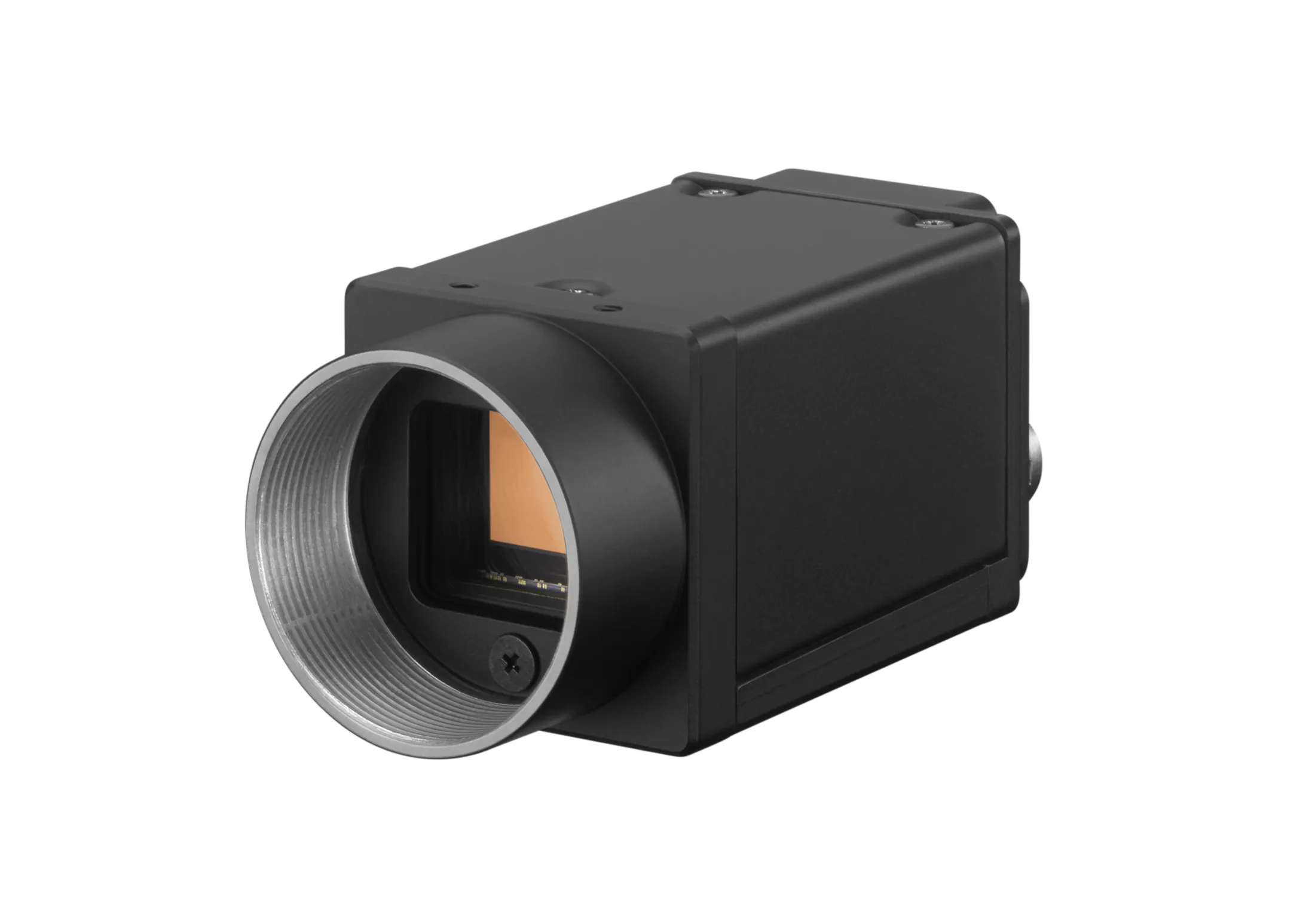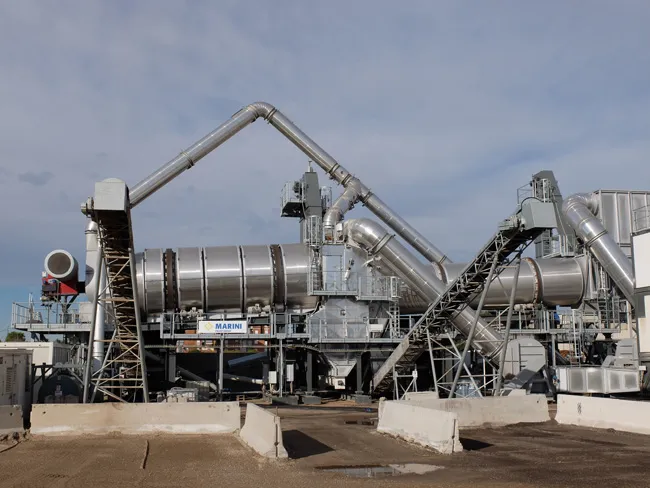
The camera, which features a 1/3-type IMX273 sensor, is a low-disruption way to move from CCD to GSCMOS. The manufacturers said that it is an ideal replacement for cameras using the
The first modules to be announced use the GigE standard, running at 75 frames per second in SXGA resolution. Black/white modules are available immediately and colour modules will enter mass production this month.
A USB 3.0 module - Sony’s first - is also scheduled to enter mass production in the first quarter of 2018.
The modules are targeted at an array of markets - from print, robotics and inspection to ITS, medical and logistics. It is also suitable for general imaging, according to Sony.
The XCG-CG160 provides a simple migration path from CCD to GSCMOS without necessarily having to upgrade or change architecture, explained Matt Swinney, senior marketing manager at Sony Image Sensing Solutions. The IMX273 shares comparable sensor and pixel size characteristics with the Sony ICX445, but offers huge technological improvements in sensitivity, dynamic range, noise reduction and frame rate capability.
The XCG-CG160 delivers 75 8-bit colour or black/white frames per second and features include defect-pixel correction, shading correction with both peak and average detection and area gain to automatically adjust for the target object. Additionally, the module supports 2x2 multiregion of interest, flip and binning.
Sony’s Firmware v1.1 is certified by Cognex VisionPro and is GigE Version 2.0 compliant. This allows both hard and software triggering, with the module able to act as a an IEEE1588 (PTP) master and a slave. The firmware uniquely allows for up to 16 action cue commands, plus acquisition sequence scheduling and GPO control.
The firmware also features burst trigger and new event modes, as well as a reduced jitter function with single frame acquisition. Its asynchronous image transfer enables a memory shot and output upon user demand, and its broadcast register write function enables synchronised camera feature controls to be implemented.









